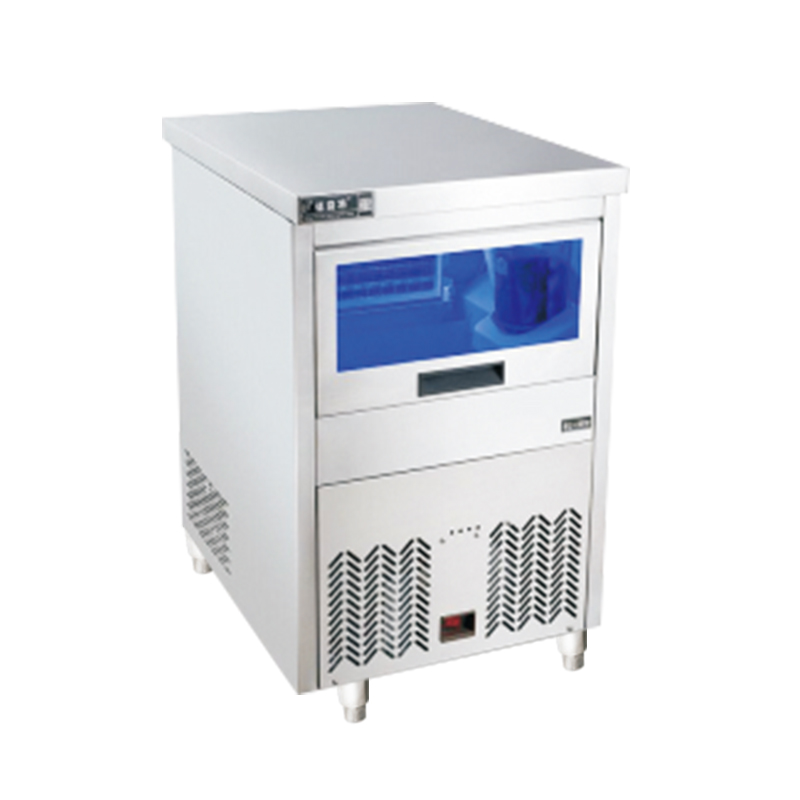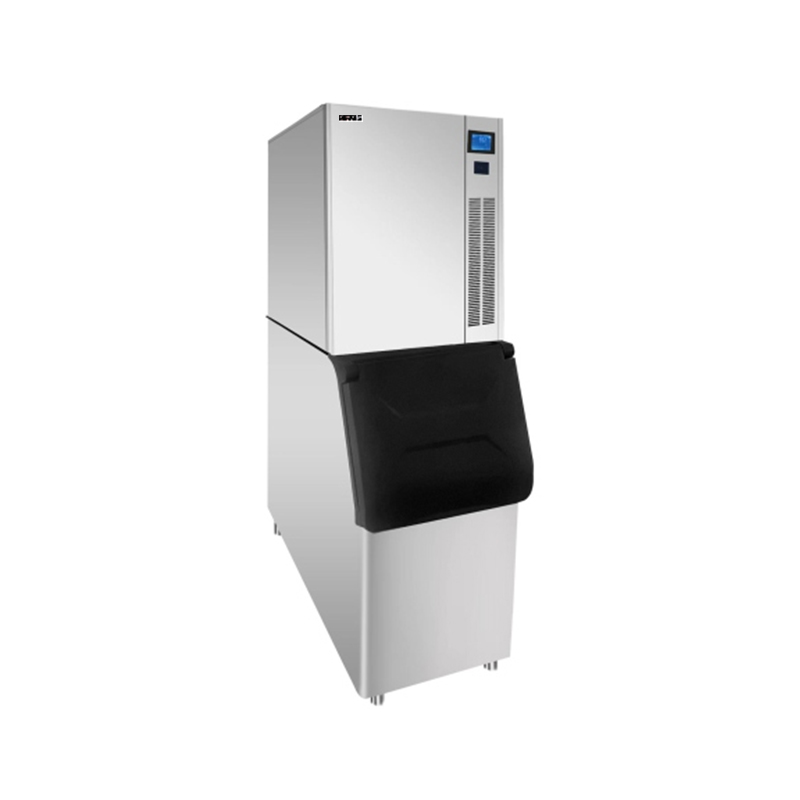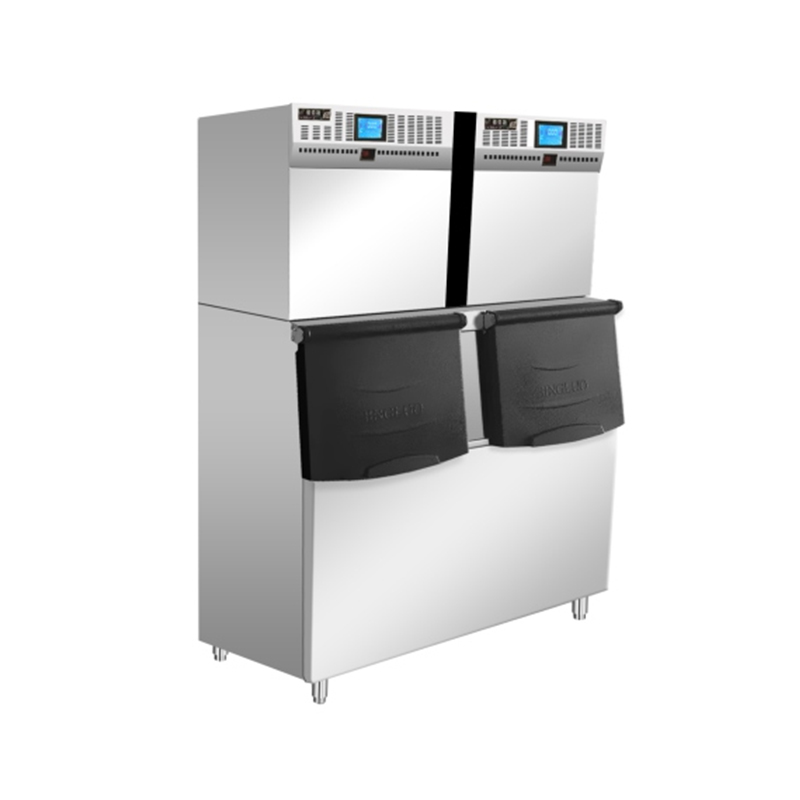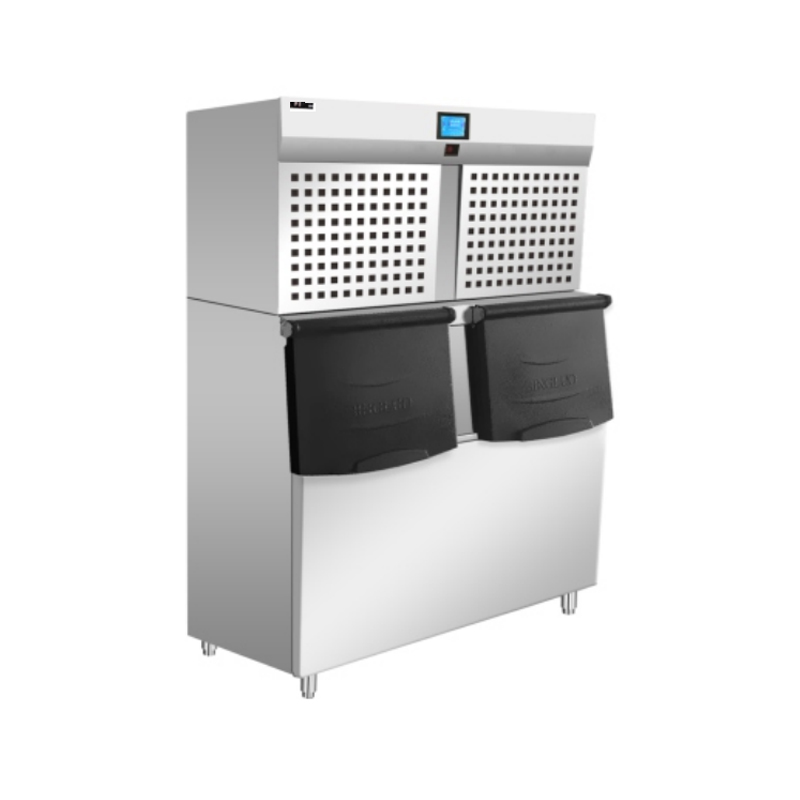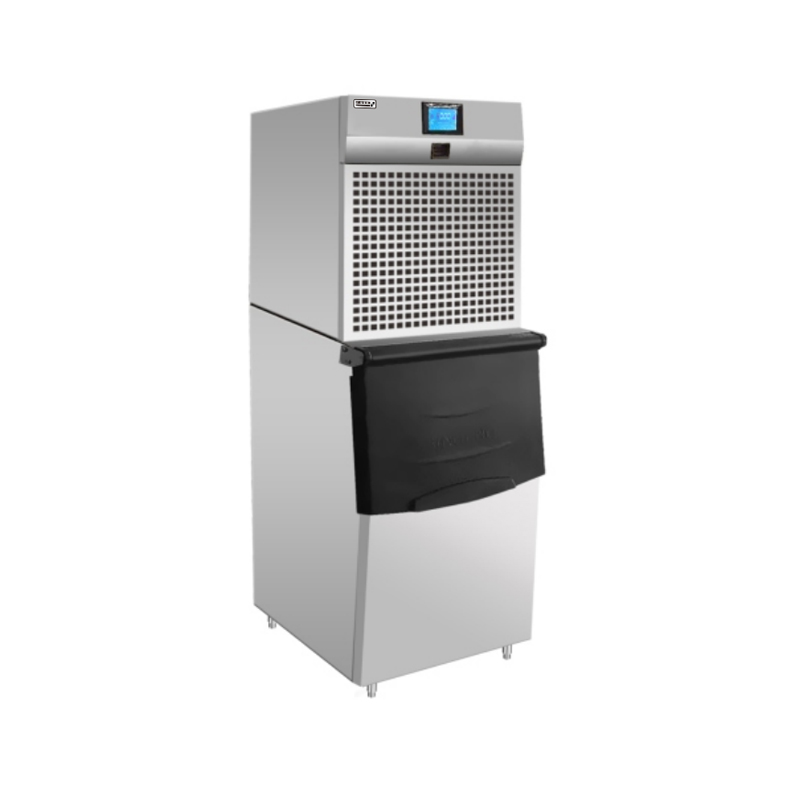2025-10-01
Commercial ice machine installation requirements
When you're running a business that depends on a steady supply of ice, installing a commercial ice machine is a critical step. But it's not as simple as plugging in a refrigerator. To ensure your machine operates efficiently, lasts for years, and doesn't become a source of headaches, you need to be meticulous about its installation requirements.
This guide will walk you through the key considerations, from choosing the right location to the specific utility hookups you'll need.
1. Selecting the Ideal Location
The location of your commercial ice machine is the most important factor in its long-term performance. A poor location can lead to overheating, increased energy consumption, and even mechanical failure.
-
Ventilation is Non-Negotiable: Like any cooling appliance, your ice machine needs to expel heat. For air-cooled models, this means ensuring there's plenty of space around the machine—typically 6 inches on the back and sides, and at least 12 inches on top. Never install an air-cooled commercial ice machine in a small, enclosed closet without proper ventilation, as this will trap heat and cause the compressor to overwork.
-
Temperature Matters: The ambient temperature of the room should be within the manufacturer's specified range, which is usually between 50°F and 90°F. Placing the machine near a hot oven, a dishwasher, or in direct sunlight will negatively impact its performance and efficiency.
-
Level and Sturdy Surface: The machine must be installed on a level, sturdy surface to prevent vibrations and ensure proper drainage. An uneven surface can cause the machine to vibrate excessively, leading to noise and potential damage to internal components over time.
2. Water Supply and Quality
A commercial ice machine is only as good as the water it uses. Clean, high-quality water is essential for producing clear, tasteless ice and protecting the machine's internal components.
-
Dedicated Water Line: You'll need a dedicated, cold water line with a shut-off valve within a few feet of the machine. The water pressure must be within the manufacturer's recommended range, typically between 20 and 80 PSI.
-
Water Filtration is Mandatory: We can't stress this enough. Hard water, which is high in minerals like calcium and magnesium, will cause scale buildup on the evaporator plate. This mineral scale insulates the plate, reducing ice production and eventually leading to a complete breakdown. A quality water filter and scale inhibitor system is not an option; it's a requirement to protect your investment. A good filter will remove sediment, chlorine, and other impurities that affect both ice quality and machine longevity.
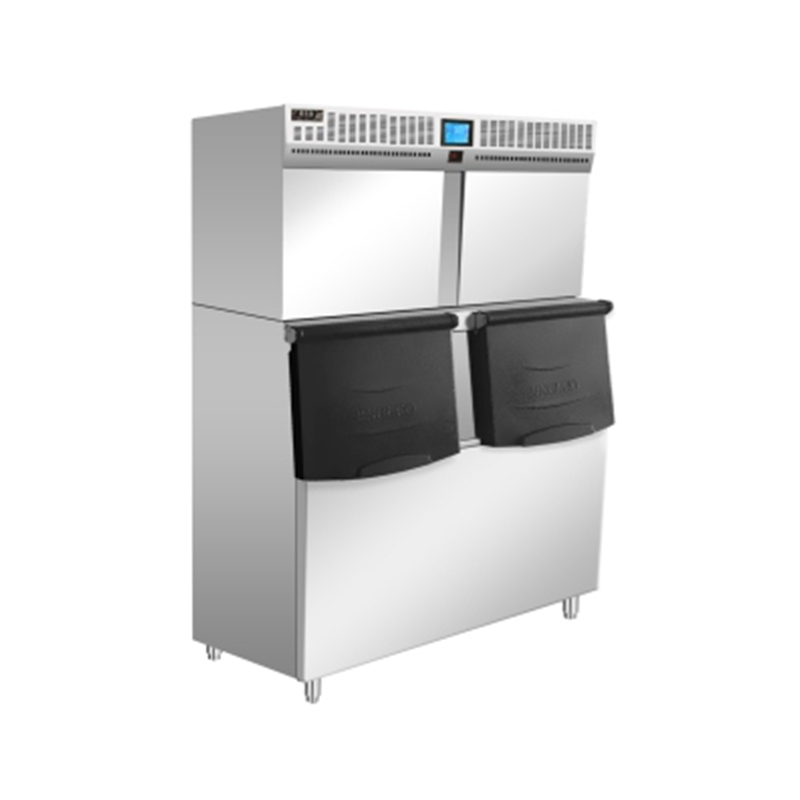
3. Proper Drainage
Effective drainage is crucial for removing melted ice and wastewater from the machine's purge cycles.
-
Gravity Drain Line: The drain line should have a continuous downward slope of at least 1/4 inch per foot to ensure water flows freely. There should be a gap (an air gap) between the end of the drain line and the floor drain. This prevents wastewater from being siphoned back into the machine—a serious health hazard.
-
Check Local Plumbing Codes: Always check with local health and plumbing codes to ensure your drain installation is compliant. Some codes may require specific pipe sizes or materials.
4. Electrical Requirements
The electrical setup for your commercial ice machine must meet both the manufacturer's specifications and local electrical codes.
-
Dedicated Circuit: Your machine should be on its own dedicated electrical circuit. This prevents power fluctuations from other appliances from interfering with the ice machine's operation and protects it from potential damage caused by power surges or brownouts.
-
Voltage and Amperage: Verify that the outlet's voltage and amperage match the machine's requirements. Most smaller undercounter units run on a standard 115V outlet, but larger modular units may require 208-230V. Check the machine's data plate or manual to be certain.
Final Thoughts on Your Commercial Ice Machine Installation
While this guide covers the core requirements, every installation is unique. Always refer to the specific commercial ice machine installation manual provided by the manufacturer. If you're not a qualified technician, it's best to hire a professional to handle the installation. A proper initial setup will save you from costly repairs and downtime, ensuring you get the most out of your equipment for years to come.

 English
English русский
русский Español
Español عربى
عربى